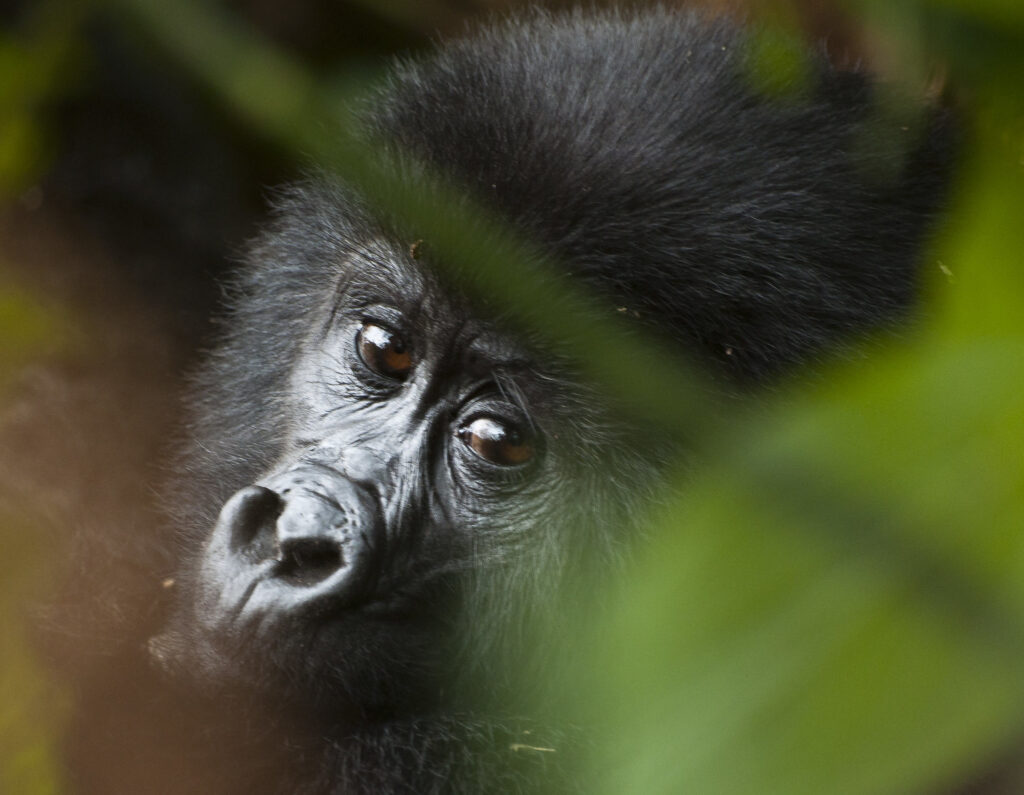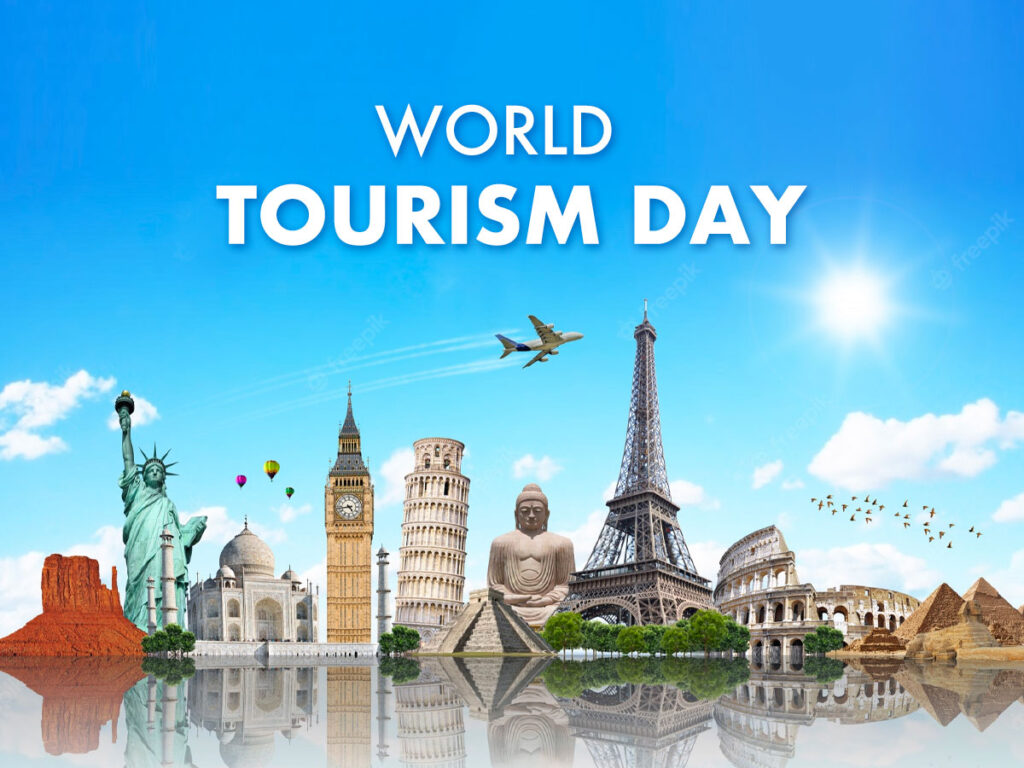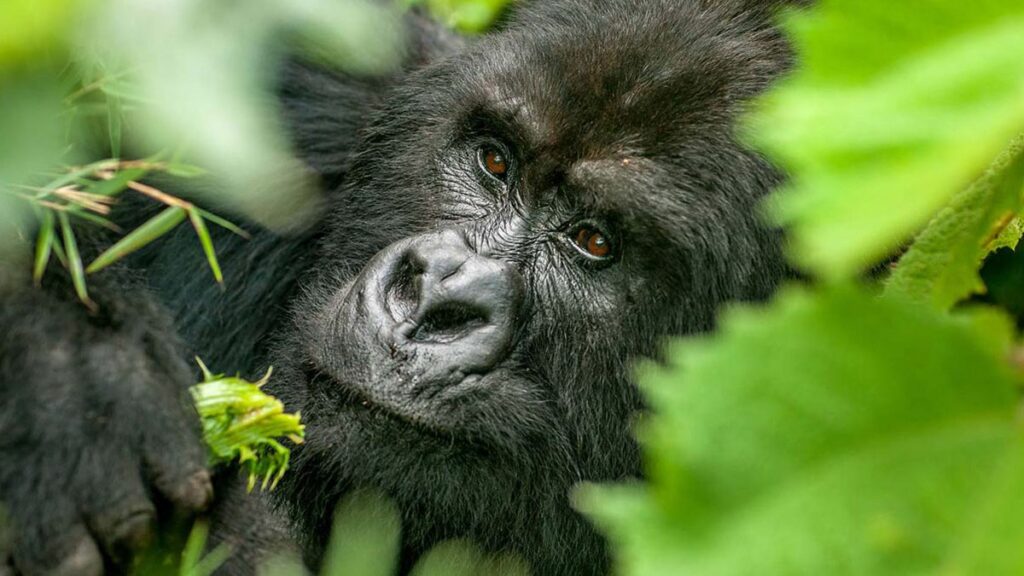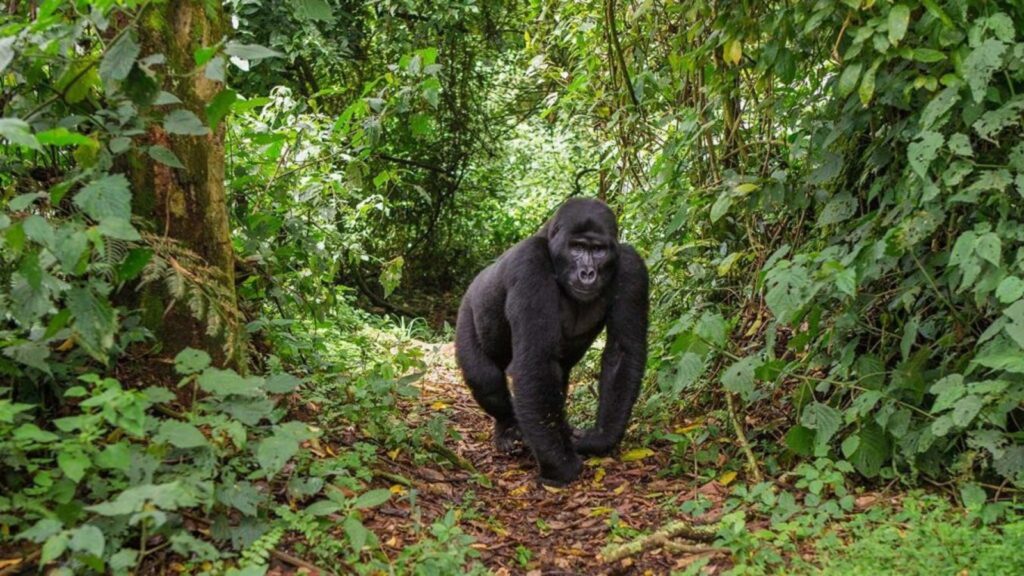How the Ruaha Carnivore Project is Saving Lions in Tanzania
Lions are one of Africa’s most iconic predators, yet their numbers have declined dramatically over the past century. In Tanzania’s Ruaha landscape — home to the second-largest lion population in the world — human-wildlife conflict remains the biggest threat. The Ruaha Carnivore Project (RCP) is working to change this by finding practical, community-focused solutions that protect both people and lions.
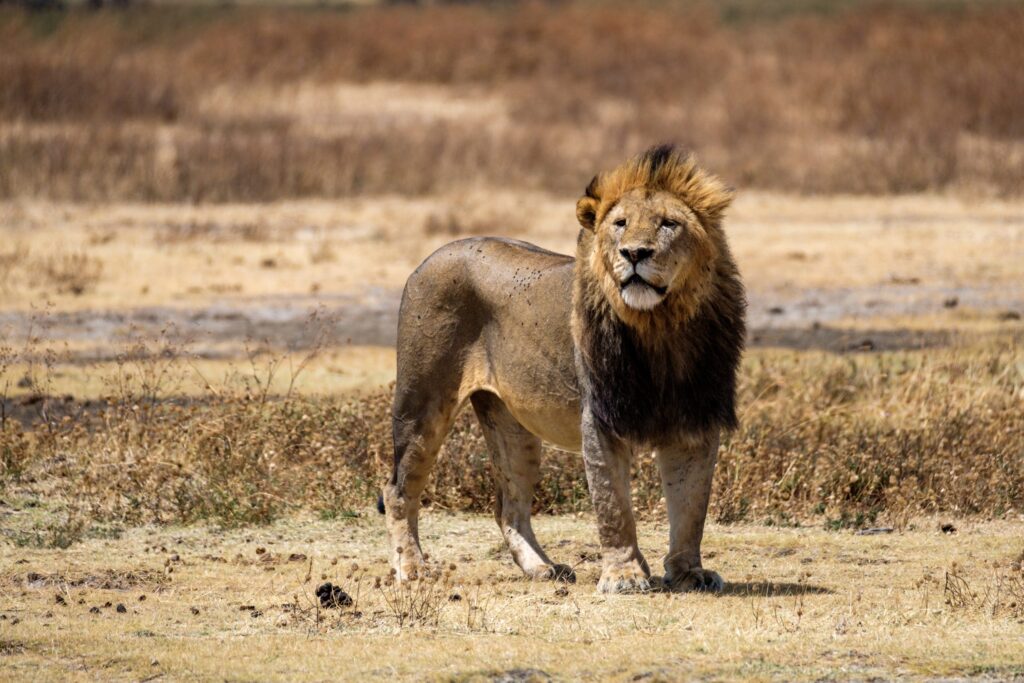
Why Ruaha is Critical for Lion Conservation
Ruaha National Park and the surrounding wildlife areas cover over 50,000 square kilometers of wilderness. This vast landscape supports large populations of lions, leopards, cheetahs, and African wild dogs. However, the majority of these carnivores live outside the park boundaries, where they often come into contact — and conflict — with local communities.
When lions prey on livestock, it can devastate rural livelihoods. In retaliation, communities sometimes kill lions and other predators, putting conservation efforts at risk.
The Ruaha Carnivore Project’s Approach
Instead of focusing only on anti-poaching or park enforcement, RCP works directly with communities to create long-term coexistence strategies. Their efforts include:
-
Predator-Proof Livestock Enclosures
RCP helps build strong, predator-proof bomas (livestock pens) using chain-link fencing. These enclosures drastically reduce nighttime attacks on livestock, which in turn reduces the motivation for lion killings.
-
Lion Guardians and Community Scouts
Local residents are trained as Lion Defenders to monitor carnivore movements, warn herders of potential danger, and track conflict incidents. These roles create employment while building local expertise in wildlife protection.
-
Benefits for Conservation-Friendly Communities
Villages that tolerate wildlife and avoid killing carnivores receive benefits such as:
- Veterinary care for livestock
- Education scholarships
- Access to healthcare
- Support for infrastructure projects like wells and schools
This approach ensures that communities see tangible value in protecting lions.
-
Education and Awareness
RCP runs conservation education programs in schools and villages, teaching the ecological importance of lions and showing how healthy predator populations support tourism and local economies.
The Results So Far
Since its launch in 2009, the Ruaha Carnivore Project has seen major improvements in lion survival rates. Villages with predator-proof bomas have reported up to 90% fewer livestock losses, significantly reducing retaliatory killings.
The number of communities participating in conservation agreements has grown, and lions that were once targeted are now being monitored and photographed for research instead.
Why This Matters Beyond Ruaha
The success of the Ruaha Carnivore Project has inspired similar initiatives across Africa. By combining practical solutions, economic benefits, and cultural respect, the project demonstrates that human-wildlife coexistence is possible — even in areas where conflict has persisted for decades.
Visiting Ruaha and Supporting the Project
Travelers to Ruaha can support RCP by:
- Visiting community programs during a safari
- Donating directly to the project
- Choosing lodges and tour operators that contribute to conservation efforts
Your visit not only offers a chance to see lions in their natural habitat but also helps sustain the very programs ensuring their survival.
Conclusion
The Ruaha Carnivore Project is proving that saving lions in Tanzania isn’t just about protecting the animals — it’s about protecting the people who share the land with them. By turning former conflicts into partnerships, RCP is securing a future where lions and local communities thrive side by side.

